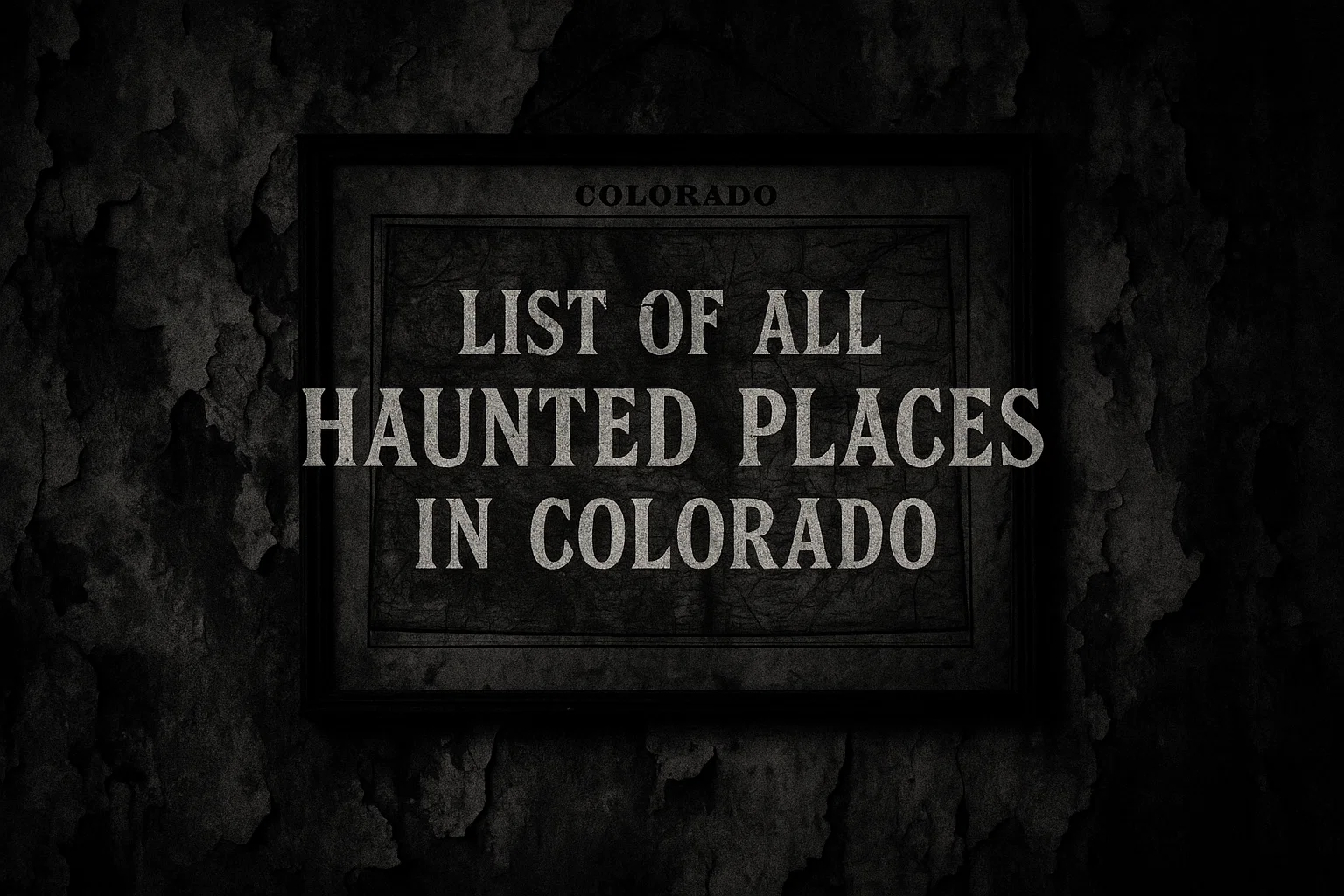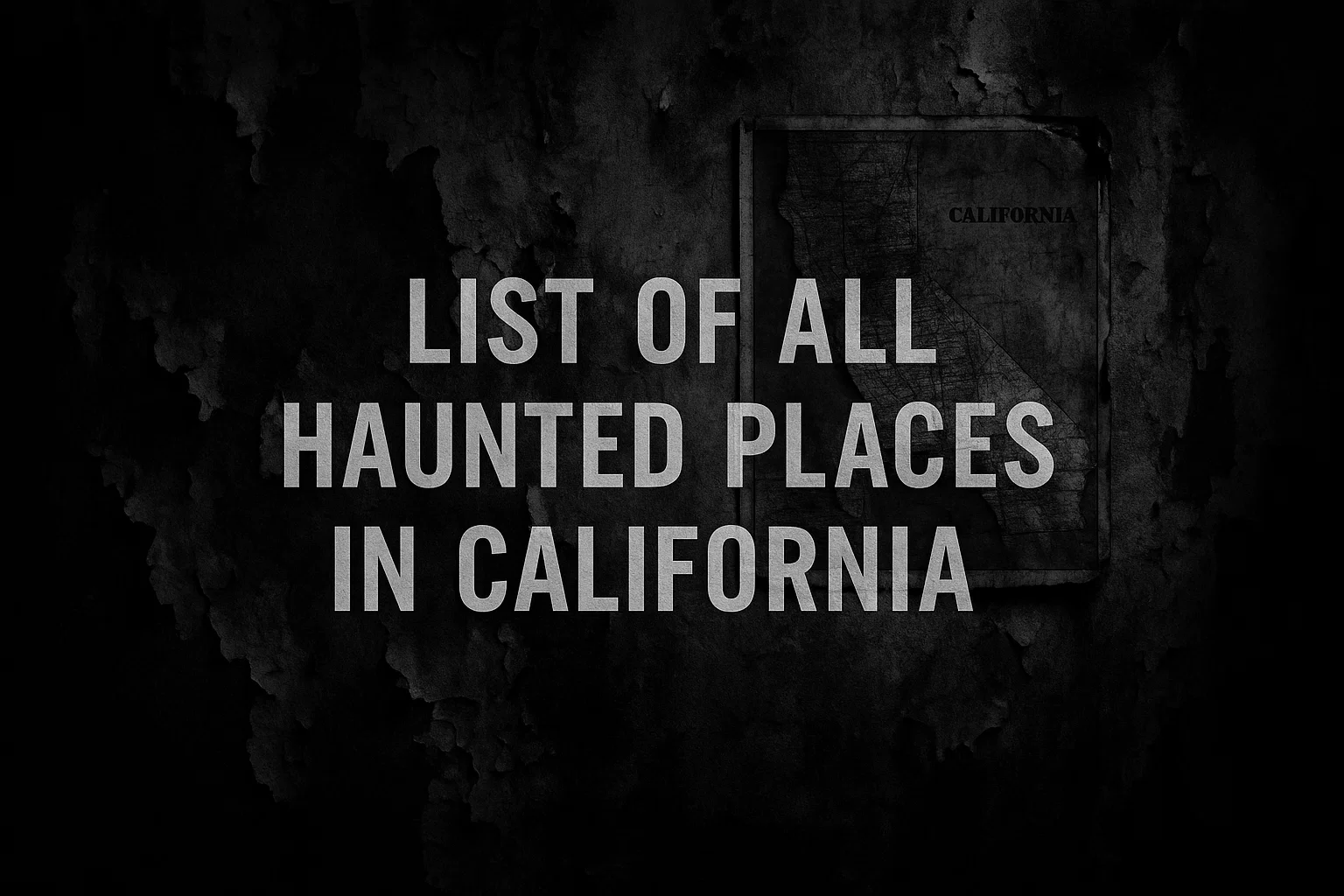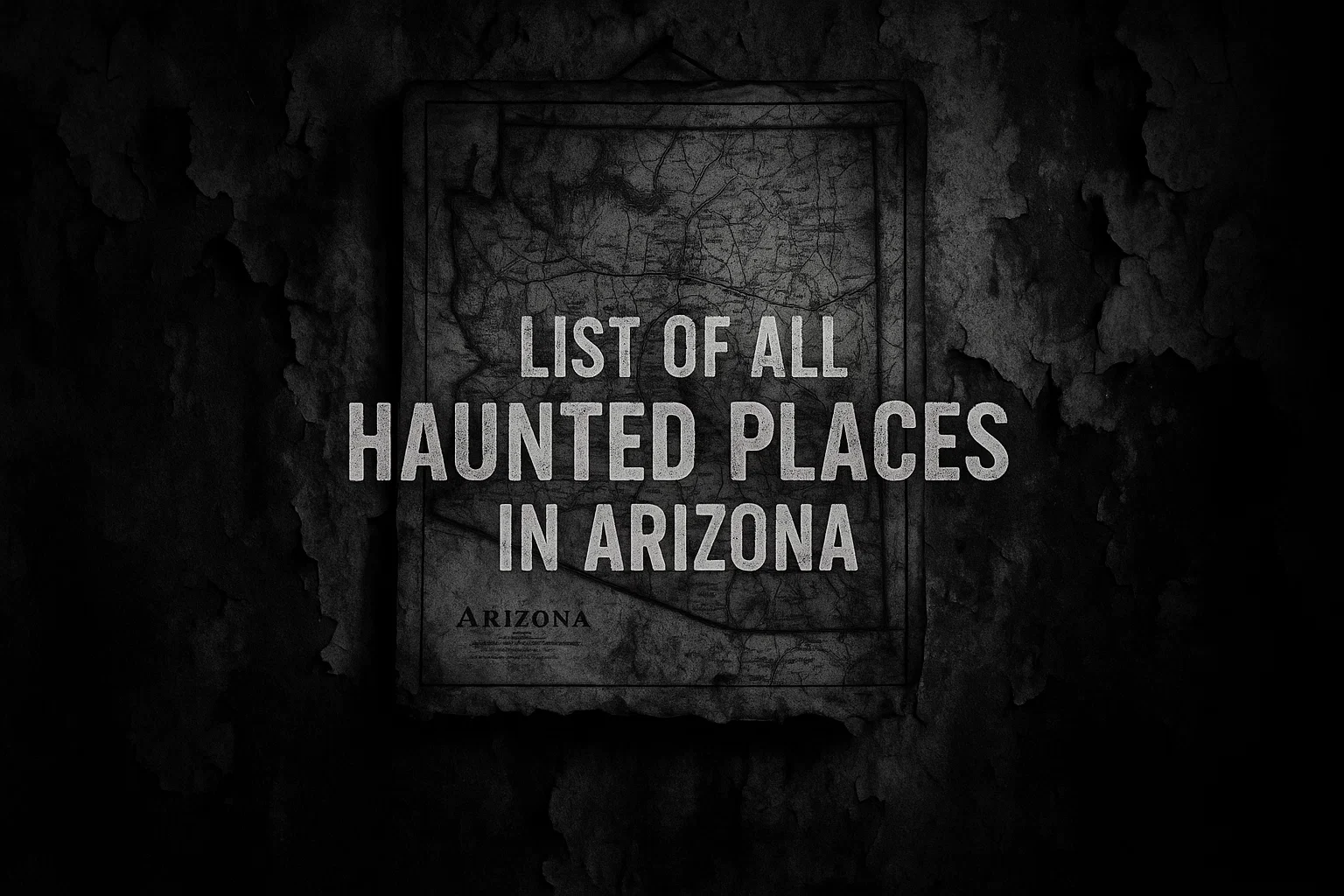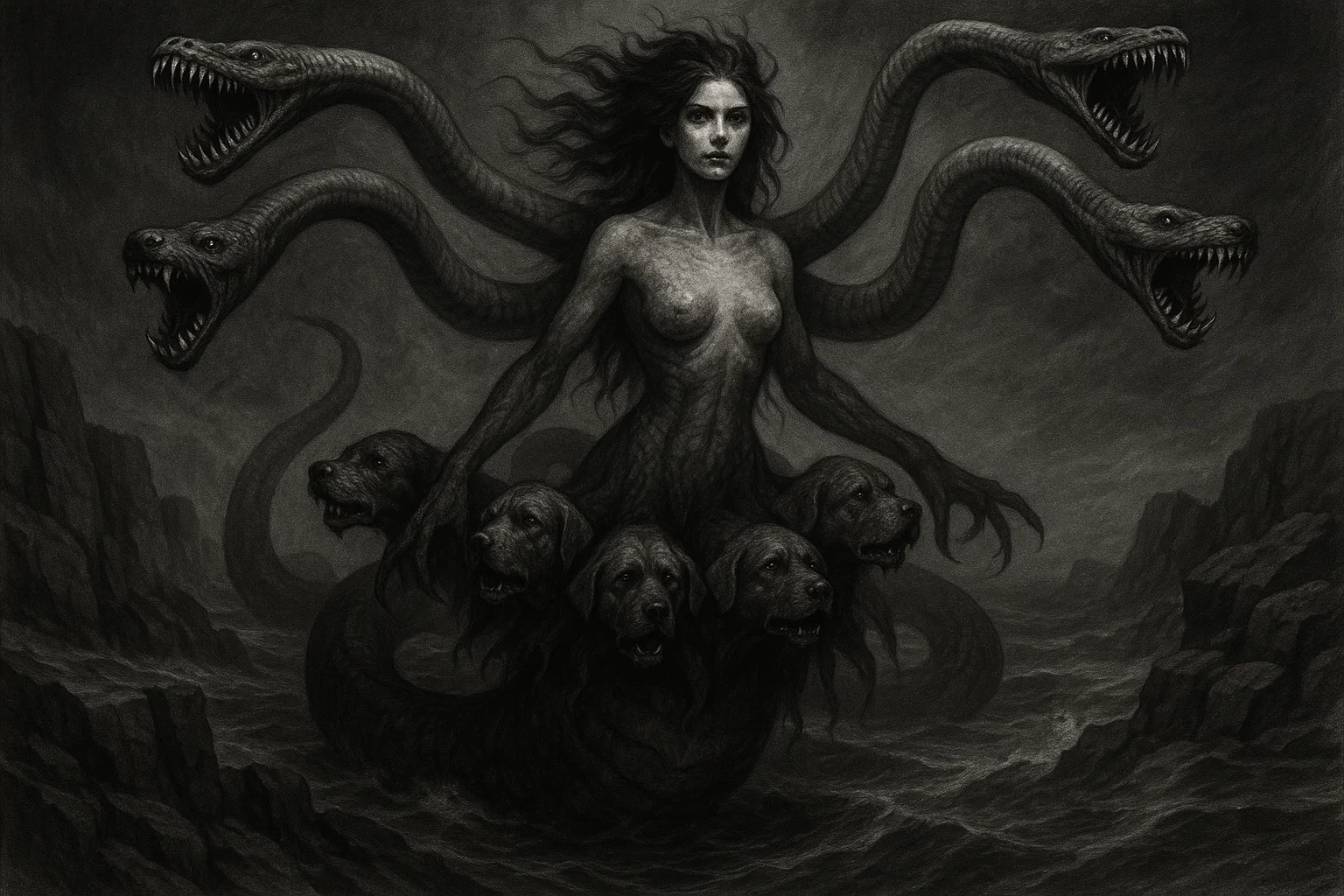In the intricate tapestry of demonology, Barbatos emerges as a figure of profound mystery and power. As the 8th spirit listed in the Ars Goetia of The Lesser Key of Solomon, he holds the esteemed rank of Duke of Hell, commanding 30 legions of demons.
Barbatos is renowned for his unique ability to understand the languages of animals, particularly the songs of birds and the barks of dogs, granting summoners insight into the natural world.
Beyond this, he possesses the power to reveal treasures hidden by magical enchantments, provide knowledge of past and future events, and reconcile disputes among friends and rulers. Depicted as a horned archer or hunter, Barbatos appears with four noble kings when the sun is in Sagittarius, embodying the wild and untamed aspects of nature.
His name, derived from the Latin barbatus meaning ‘bearded,’ suggests wisdom and authority, traits reflected in his prophetic and reconciliatory abilities.
This article delves into the depths of Barbatos’s lore, exploring his origins, powers, and place within the hierarchy of hell, offering a comprehensive guide to one of demonology’s most fascinating dukes.
Summary
Key Information
| Attribute | Description |
|---|---|
| Name | Barbatos |
| Title | Duke of Hell (also Count or Earl in some texts) |
| Element | Fire (associated with Sagittarius) |
| Astrological Sign | Sagittarius |
| Hierarchy | 8th spirit in Ars Goetia, subordinate to higher demons like Lucifer or Satanachia |
| Servitors | Commands 30 legions of demons |
| Powers | Understands animal languages, reveals hidden treasures, knows past and future, reconciles friends and rulers |
| Appearance | Horned archer or hunter, accompanied by four kings sounding horns |
| Etymology | From Latin barbatus, meaning “bearded” |
| Associated Figures | Formerly of the order of Virtues; under Satanachia in Grand Grimoire |
| Role | Master of animal communication, treasure finding, and reconciliation |
| Symbolism | Bearded figure (wisdom), archer (Sagittarius), animals (nature) |
| Weaknesses | Controlled via sigil and divine names in rituals |
Etymology
What is the origin of Barbatos’s name? The name Barbatos is most commonly derived from the Latin barbatus, meaning “bearded,” a term that evokes wisdom, maturity, and authority in ancient cultures. Beards were often associated with sages, elders, or deities, aligning with Barbatos’s powers of divination, reconciliation, and mastery over animal languages.
This etymology, supported by The Lesser Key of Solomon sacred-texts.com and Dictionnaire Infernal, frames Barbatos as a demonic philosopher, whose bearded visage symbolizes intellectual depth. The Latin root barba (beard) may also connect to broader Indo-European terms for hair or strength, suggesting a primal, authoritative presence.
Alternative theories propose a link to Barbas, a variant demon name in some grimoires (e.g., Grimoire Verum), possibly derived from the same Latin root but implying a distinct entity.
Some scholars speculate a connection to mythological figures with bearded or hirsute attributes, such as the Celtic god Cernunnos or the Norse Odin, both associated with wisdom and nature, though no direct evidence confirms this.
The Occult World suggests a possible tie to barbarus (foreign or wild), reflecting Barbatos’s forested, untamed imagery, but this is less widely accepted.
In Kabbalistic traditions, the Hebrew letters of Barbatos’s name—bet, resh, bet, tav, vav, samekh—may encode esoteric meanings: bet for dominion, resh for intellect, tav for power, vav for connection, and samekh for support, aligning with his reconciliatory and divinatory roles.
The lack of a clear pre-Christian etymology enhances Barbatos’s enigmatic aura, positioning him as a synthesis of wisdom and wildness.
Historical and Mythological Background
Barbatos is a prominent figure in Western demonology, primarily documented in medieval and Renaissance grimoires.
His earliest detailed appearance is in Pseudomonarchia Daemonum (1577) by Johann Weyer, where he is the 6th demon, and later as the 8th spirit in the Ars Goetia of The Lesser Key of Solomon (17th century).
Before his fall, Barbatos was a member of the angelic order of Virtues, a choir responsible for overseeing the natural world and inspiring faith in humanity. This celestial origin shapes his demonic abilities, particularly his mastery over animal languages and his insight into hidden treasures and future events.
In some traditions, Barbatos is linked to the Wild Hunt, a spectral procession of hunters in European folklore, often led by demonic or mythical figures.
His role in this hunt, especially under Satan’s command, emphasizes his connection to the untamed aspects of nature, resonating with his depiction as a hunter or archer. This association, though less prominent in primary grimoires, enriches his mythological profile, tying him to themes of pursuit and the supernatural wilderness.
Unlike demons like Bael or Astaroth, who draw from ancient deities, Barbatos lacks a clear pre-Christian mythological counterpart, making his origins more enigmatic.
His depiction as a bearded archer aligns with the archetype of the wise hunter, possibly influenced by figures like Robin Hood or Jack in the Green, as noted in Dictionnaire Infernal. His appearance during Sagittarius suggests a connection to exploration and higher learning, themes that echo his powers of divination and reconciliation.
In Kabbalistic lore, Barbatos may be associated with the qlipha of Netzach (victory), representing distorted ambition, though this link is speculative. His role as a fallen Virtue underscores a tragic nobility, blending celestial wisdom with infernal cunning.
Historical Mentions
The table below compiles interesting excerpts from historical texts mentioning Barbatos, focusing on grimoires and occult sources:
| Source | Author | Year | Excerpt |
|---|---|---|---|
| The Lesser Key of Solomon | Unknown | 17th century | “The Eighth Spirit is Barbatos. He is a Great Duke, and appeareth when the Sun is in Sagittary, with four noble Kings and their companies of great troops. He giveth understanding of the singing of Birds, and of the Voices of other creatures, such as the barking of Dogs. He breaketh the Hidden Treasures open that have been laid by the Enchantments of Magicians. He is of the Order of Virtues, of which some part he retaineth still; and he knoweth all things Past, and to Come, and conciliateth Friends and those that be in Power. He ruleth over 30 Legions of Spirits. His Seal is this, which is to be worn as aforesaid, etc.” sacred-texts.com |
| Pseudomonarchia Daemonum | Johann Weyer | 1577 | “Barbatos, a great countie or earle, and also a duke, he appeareth in Signo sagittarii sylvestris, with foure kings, which bring companies and great troopes. He understandeth the singing of birds, the barking of dogs, the lowings of bullocks, and the voice of all living creatures. He detecteth treasures hidden by magicians and inchanters, and is of the order of vertues, which in part beare rule: he knoweth all things past, and to come, and reconcileth freends and powers; and governeth thirtie legions of divels by his authoritie.” esotericarchives.com |
| Dictionnaire Infernal | Jacques Collin de Plancy | 1863 | “Barbatos, grand et puissant démon, comte-duc aux enfers, type de Robin des Bois ; il se montre sous la figure d’un archer ou d’un chasseur ; on le rencontre dans les forêts. Quatre rois sonnent du cor devant lui. Il apprend à deviner par le chant des oiseaux, le mugissement des taureaux, les aboiements des chiens et les cris des divers animaux. Il connaît les trésors enfouis par les magiciens. Il réconcilie les amis brouillés. Ce démon, qui était autrefois de l’ordre des vertus des cieux ou de celui des dominations, est réduit aujourd’hui à commander trente légions infernales. Il connaît le passé et le futur.” (Translation: “Barbatos, great and powerful demon, count-duke in hell, akin to Robin Hood; he appears as an archer or hunter; he is encountered in forests. Four kings sound the horn before him. He teaches how to divine by the song of birds, the bellowing of bulls, the barking of dogs, and the cries of various animals. He knows the treasures buried by magicians. He reconciles estranged friends. This demon, who was formerly of the order of virtues of heaven or that of dominations, is now reduced to commanding thirty infernal legions. He knows the past and the future.”) archive.org |
| Grimoire Verum | Unknown | 18th century | “Barbatos, sous l’autorité de Satanachia, est un duc puissant qui révèle les trésors cachés et comprend le langage des bêtes. Il peut réconcilier les amis et connaître le passé et l’avenir, commandant trente légions.” (Translation: “Barbatos, under the authority of Satanachia, is a powerful duke who reveals hidden treasures and understands the language of beasts. He can reconcile friends and know the past and future, commanding thirty legions.”) |
| The Book of Oberon | Unknown | Late 16th century | “Barbatos, a great duke, appeareth in the forme of a hunter with foure kings, teaching the voices of birds and beasts, and revealing treasures hid by enchantment. He knoweth things past and to come, and reconcileth friends, ruling over thirty legions.” |
What the Demon Barbatos Looks Like
Barbatos is typically portrayed as a horned archer or hunter, embodying the archetype of a wilderness guide. This imagery resonates with his astrological association with Sagittarius, the archer, and his connection to nature.
He is often described as appearing in forested areas, symbolizing his deep tie to the untamed world. When summoned, Barbatos arrives with four noble kings sounding horns, a grand entourage that underscores his high status within the infernal hierarchy.
His bearded visage, implied by his name, suggests wisdom and authority, while the horns evoke a primal, mythological presence, possibly linking him to figures like Robin Hood or Jack in the Green, as noted in Dictionnaire Infernal.
Powers and Abilities
Barbatos wields a diverse array of powers that make him a valuable yet perilous ally in occult practices. His abilities, rooted in his celestial past as a Virtue, blend natural mastery with esoteric knowledge:
Understanding Animal Languages
Barbatos grants the ability to comprehend the speech of animals, particularly the songs of birds, barks of dogs, and bellows of bulls. This power allows summoners to gain insights from the natural world, such as warnings or secrets conveyed through animal behaviors, reflecting his former role overseeing nature.
Revealing Hidden Treasures
He can locate and unlock treasures concealed by magical enchantments, making him a patron for those seeking lost wealth or artifacts. This ability, noted in The Lesser Key of Solomon, suggests a knack for piercing arcane veils.
Knowledge of Past and Future
Barbatos provides accurate information about events past and future, offering foresight and hindsight. This divinatory power aligns with his philosophical archetype, enabling summoners to navigate complex situations or predict outcomes.
Reconciling Friends and Rulers
He mends broken relationships, whether between friends or those in power, facilitating peace and cooperation. This diplomatic skill, highlighted in Pseudomonarchia Daemonum, underscores his ability to influence social dynamics.
Role in the Hierarchy of Hell
In the hierarchy of hell, as delineated in The Lesser Key of Solomon and Grimoire Verum, Barbatos holds the rank of Duke, a position of significant authority within the infernal nobility.
Commanding 30 legions of demons—each legion comprising thousands of spirits—he oversees a formidable contingent of infernal forces. The demonic hierarchy, modeled on earthly monarchies and angelic orders, places dukes below kings (e.g., Bael, Paimon) and supreme rulers like Lucifer, Beelzebub, or Satanachia, but above presidents, earls, and knights.
In the Grand Grimoire, Barbatos serves directly under Satanachia, a high-ranking demon acting as a grand general, alongside Pruslas, Aamon, and Astaroth, indicating his integration into a structured command chain.
As a Duke, Barbatos’s duties include executing hell’s agenda through his legions, tempting mortals with knowledge, wealth, or social harmony, and undermining divine order.
His specific role leverages his powers to influence the natural world and human relationships, making him a key operative in infernal diplomacy and espionage.
For example, he might deploy his legions to sow discord among enemies or guide summoners to enchanted treasures, aligning with hell’s goal of corruption.
His interactions with other demons, such as Caim (another animal-language expert) or Botis (a reconciler), suggest a collaborative network, though his unique blend of natural and diplomatic skills distinguishes him. The Demonic Paradise notes his role in coordinating with dukes to manipulate mortal affairs, particularly in wilderness or courtly settings.
Barbatos’s pre-fall status as a member of the angelic order of Virtues, as per Pseudomonarchia Daemonum, endowed him with authority over nature and divine inspiration, now perverted to serve infernal ends.
His retention of some virtuous traits, as noted in The Lesser Key of Solomon, makes him appear less malevolent than other demons, but this veneer masks his deceptive intent.
In Kabbalistic traditions, he may be linked to the qlipha of Netzach (victory), representing distorted ambition or false harmony, aligning with his reconciliatory power. His position as the 8th spirit in the Ars Goetia underscores his prominence, making him a pivotal figure for summoners seeking natural or social advantages within the infernal hierarchy.
Astrological Associations and Symbolism
Barbatos’s astrological and symbolic associations reflect his fiery nature and connection to wisdom and the wilderness.
| Aspect | Association |
|---|---|
| Planetary | Jupiter (wisdom, expansion, wealth); Mars (action, aggression) |
| Zodiac Sign | Sagittarius (exploration, philosophy, archery); 9th House (higher learning, travel) |
| Element | Fire (energy, transformation, passion) |
| Month | November 22–December 21 (Sagittarius) |
| Numbers | 30 (legions), 8 (order in Ars Goetia), 4 (kings in entourage) |
| Colors | Purple (Jupiter, royalty), Blue (Sagittarius, truth), Green (nature, forest) |
| Symbols | Bow and arrow (precision, Sagittarius), bearded man (wisdom), horns (wildness), forest (nature) |
| Animals | Birds (freedom, insight), Dogs (loyalty), Bulls (strength), Horses (Sagittarius, travel) |
Planetary and Zodiac Influences
Jupiter, ruler of Sagittarius, governs Barbatos, amplifying his wisdom, treasure-finding, and reconciliatory powers. Jupiter’s association with wealth and exploration ties to his ability to reveal enchanted treasures and foster alliances.
Mars, a secondary influence, reflects his hunter archetype and fiery aggression, evident in his horned appearance.
Sagittarius (November 22–December 21) embodies exploration, philosophy, and archery, aligning with his animal communication and divinatory skills.
The 9th House, ruled by Sagittarius, connects to higher learning and travel, suggesting Barbatos’s influence over intellectual and geographical pursuits. His peak summoning period during Sagittarius enhances ritual efficacy.
Elemental Symbolism
Fire embodies Barbatos’s transformative energy, driving his ability to pierce enchantments and ignite understanding. Fire’s passionate, dynamic nature resonates with Sagittarius’s adventurous spirit, enhancing his hunter imagery and divinatory insight.
Symbolic Animals and Artifacts
The bearded man, implied by barbatus, symbolizes wisdom and authority, akin to mythological sages or forest gods like Cernunnos. The bow and arrow evoke Sagittarius’s precision and pursuit, while horns signify primal wildness, linking to the Wild Hunt or Celtic deities.
The forest setting, noted in Dictionnaire Infernal, represents nature’s mysteries, aligning with his animal language power. Birds, dogs, bulls, and horses (Sagittarius’s equine association) symbolize freedom, loyalty, strength, and travel, respectively.
The four kings with horns denote regal authority and leadership, reinforcing his ducal status.
Cultural Resonance
Barbatos’s symbolism parallels figures like Robin Hood, Herne the Hunter, or Jack in the Green, blending folklore with demonic lore. His role as a nature-bound demon echoes shamanic traditions, where animal spirits convey wisdom, while his reconciliatory power mirrors diplomatic archetypes like Hermes or Odin.
His Jupiterian influence connects to wealth and exploration, as seen in myths of treasure-seeking heroes, enriching his esoteric profile.
Rituals and Invocation Practices
How was Barbatos summoned in historical occult practices? As a prominent Duke of Hell in the Ars Goetia, Barbatos was invoked for his abilities to communicate with animals, reveal treasures, foresee events, and reconcile relationships.
The rituals for summoning him, detailed in The Lesser Key of Solomon and Grimoire Verum, required meticulous preparation and adherence to ceremonial magic protocols, reflecting his high rank and deceptive nature.
These practices, rooted in medieval and Renaissance occultism, blended Christian, Kabbalistic, and pagan elements, offering a glimpse into the practical side of demonology.
Barbatos Sigil
The sigil of Barbatos, as detailed in The Lesser Key of Solomon, is a unique geometric symbol essential for summoning and controlling the demon.
Comprising interlocking lines, circles, and curves, it is often enclosed within a double circle for containment. Hebrew letters, possibly encoding Barbatos’s name or divine names, enhance its potency.
The sigil is crafted on a lamen—a talisman of gold or parchment, reflecting Barbatos’s Jupiterian and fiery nature—worn during rituals to ensure obedience and protect against his influence.
The design’s central curves may symbolize his connection to nature’s fluidity, while the lines evoke his precision as an archer. Used within a consecrated circle with specific incantations, the sigil channels Barbatos’s powers, requiring meticulous accuracy to avoid deception.
Ritual Components and Preparation
Summoning Barbatos demanded a structured setup:
- Consecrated Space: Rituals were conducted within a magic circle, drawn with chalk or salt on a purified floor, often in a forest or secluded chamber to align with Barbatos’s natural affinity. The circle, inscribed with divine names (e.g., Tetragrammaton, Elohim), protected the conjurer from his influence. A Triangle of Art, placed outside the circle, contained Barbatos’s manifestation, with his sigil drawn inside.
- Sigil and Lamen: Barbatos’s sigil, a complex design of curves and lines, was central to the ritual. The conjurer wore the sigil as a lamen—a talisman of gold (Jupiter’s metal) or parchment—around the neck or held it to compel obedience. The Lesser Key of Solomon stresses that the lamen ensures Barbatos’s homage, preventing defiance.
- Timing and Astrological Alignment: Invocations were most effective during Sagittarius (November 22–December 21), when Barbatos’s power peaked, ideally at dawn or midnight to harness Jupiter’s influence. Grimoire Verum suggests Tuesday (Mars’s day) or Thursday (Jupiter’s day) for rituals, aligning with his fiery and expansive energies.
- Tools and Offerings: The conjurer used a wand or sword, consecrated with holy water, to direct Barbatos’s energy. A brazier burned incense like frankincense (Jupiter) or cedar (nature) to honor his ducal status. Symbolic offerings—feathers, herbs, or coins—echoed his natural and treasure-finding roles, though blood sacrifices were discouraged due to his virtuous origins.
- Purification: The conjurer fasted, meditated, and recited prayers for spiritual purity, invoking divine protection to counter Barbatos’s cunning. The Book of Oberon recommends a week of preparation to align with his Sagittarian energy.
Invocation Process
The invocation followed a precise sequence:
- Preliminary Prayers: The conjurer recited Psalms or Kabbalistic prayers to establish divine authority, invoking angels like Zadkiel (Jupiter’s angel) to counter Barbatos’s influence.
- Incantation: The conjurer chanted Barbatos’s name and conjurations from The Lesser Key of Solomon, such as: “I evoke and conjure thee, O Spirit Barbatos, by the Supreme Majesty of God, by the names Adonai, El, and by the power of thy sigil, to appear before me in a fair and comely shape.” His arrival, marked by horns or animal sounds, signaled success.
- Manifestation: Barbatos appeared as a horned archer with four kings sounding horns, within the Triangle of Art. The conjurer focused on the sigil to maintain control, avoiding his commanding presence.
- Negotiation: The conjurer requested specific powers—e.g., animal communication, treasure locations, or reconciliation—offering respect but not subservience. Barbatos’s responses, delivered in a clear voice, required discernment to detect hidden agendas.
- Dismissal: After fulfilling the request, Barbatos was dismissed with a License to Depart, such as: “O Spirit Barbatos, because thou hast answered my demands, I license thee to depart unto thy proper place, without injury to man or beast.” Failure to dismiss risked lingering influence.
Comparison to Other Demons
The table below compares Barbatos to other demons from The Lesser Key of Solomon, focusing on rank, appearance, powers, legions, and descriptions:
| Demon | Rank | Appearance | Powers | Legions | Brief Description |
|---|---|---|---|---|---|
| Caim | President | Bird or man with sword | Understands birds/animals, teaches logic | 30 | Demon of communication and logic |
| Botis | President | Viper or man with teeth | Reconciles friends, tells past/future | 60 | Demon of reconciliation and foresight |
| Vassago | Prince | Good-natured old man | Declares past/future, discovers hidden things | 26 | Demon of divination and discovery |
| Marbas | President | Great lion | Answers hidden things, causes/cures diseases | 36 | Demon of knowledge and transformation |
| Foras | President | Strong man | Teaches logic/ethics, finds lost things | 29 | Demon of wisdom and recovery |
| Haagenti | President | Bull with griffin wings | Makes men wise, transmutes metals | 33 | Demon of alchemy and wisdom |
| Ose | President | Leopard or man | Makes wise in sciences, changes form | 30 | Demon of transformation and knowledge |
| Amy | President | Fiery man | Teaches astrology/sciences, finds treasures | 36 | Demon of science and wealth |
| Valac | President | Child with angel wings on dragon | Finds treasures, gives true answers | 30 | Demon of wealth and truth |
Conclusion
Barbatos, the Duke of Hell, stands as a captivating figure in demonology, bridging the natural and infernal realms through his remarkable abilities. As a fallen angel from the order of Virtues, his powers to understand animals, reveal hidden treasures, foresee events, and reconcile relationships make him a potent ally for those daring to summon him.
His association with Sagittarius and depiction as a bearded archer underscore his connection to wisdom, exploration, and the wild. Within the hierarchy of hell, Barbatos commands respect, serving under higher demons while leading 30 legions. His fiery symbolism and intricate sigil deepen his mystique, offering a window into the interplay of nature, knowledge, and power.
This exploration of Barbatos’s origins, powers, and role provides a comprehensive guide to one of demonology’s most intriguing figures.







